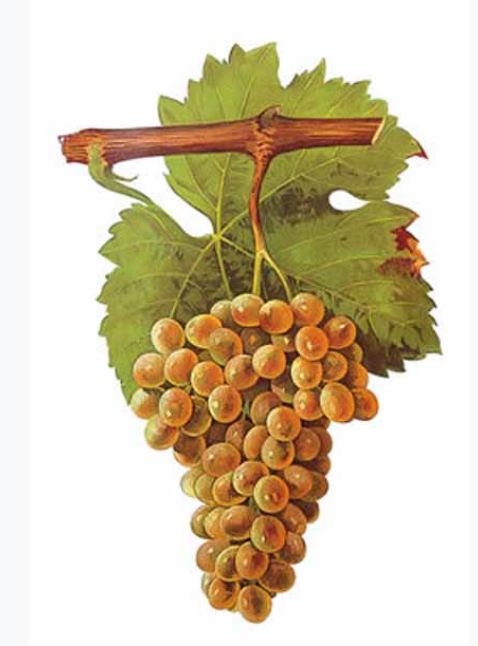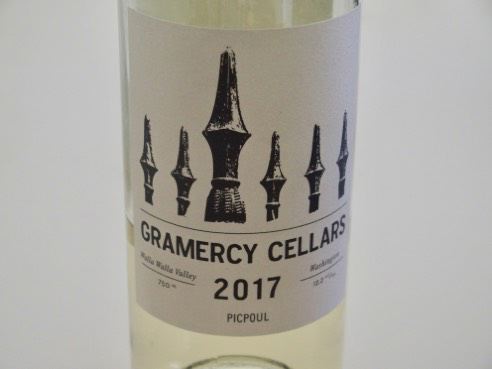Picpoul: An Offbeat Wine Grape Variety That Grabbed My Attention
Picpoul goes by several synonyms depending on where it is planted including: Piquepoul Blanc, Avello, Avillo,
Fehrer Piquepol, Folle blanche (Loire Valley), Languedocion, Picapolu, Picapolla (Spain), Picapulla, Picpouland,
Picpoul Blanc (US), and Picpoul de Pinet. The grape is probably native to the Languedoc region of Southern
France where it enjoys its greatest popularity. More than 90% of all plantings in France are in Languedoc’s
Picpoul de Pinet AOC. The name, Piquepol, translates as “lip stinger” chosen because of the high acidity of this
grape.
There are actually three versions: Picpoul Blanc and Picpoul Gris produce white wines in the Languedoc
Roussillon region and are blended in Châteauneuf de Pape in the Rhone as one of the thirteen allowed grape
varieties, and Picpoul Noir which is a red version used infrequently as a blending grape in the Southern Rhone
Valley (Gigondas).
There are small plantings in the Central Coast of California, with the largest at Tablas Creek where it has been
bottled as a single varietal since 2003 and also blended in Espirit de Tablas Blanc. Picpoul has been
successfully grown in southern Arizona, the Red Mountain AVA of eastern Washington state, Texas Hill Country
and High Plans AVAs of Texas, Lodi, Sonoma and Paso Robles. In California, Bonny Doon and Adelaida have
produced Picpoul wine. The grape was planted in Australia in 2013.
The grape is a challenge to grow because it pushes early and is susceptible to frost and powdery mildew, as
well as ripening late. In successful vintages, the grape produces high yields.
Because of its high acidity, Picpoul has been known as a good match for oysters. Grown domestically, the
grape retains good acidity without excess and displays more tropical lushness.
How did the grape attract my attention? I was strolling the aisles at a local wine retailer (HiTime Wine Cellars in
Costa Mesa, CA), looking at white Rhone varietal blends (a favorite of mine). I saw the 2017 Gramercy Cellars
Picpoul from Los Oidos Vineyard in the foothills of the Blue Mountains in Walla Walla, Washington, and
languishing on the shelf at a SRP of $15.98. I remembered that this 8,000-case winery located in Walla Walla
was known for Syrah since I had visited Walla Walla several years ago, and was familiar with the founder and
winemaker, Greg Harrington MS. Picpoul was first produced by the winery in 2013. On a whim, I bought a
bottle and tried it a few days later. I was so taken by the wine that I immediately bought another half case.
The wine is not shown for sale on the winery website. There are a few retail sources at www.winesearcher.
com.

2017 Gramercy Cellars Walla Walla Washington Picpoul
12.2% alc., $15.98. Fermented and
aged in stainless steel with no malolactic fermentation.
·
Practically clear in the glass. Engaging
aromas of pear, white peach, spice and tropical flora. Light in weight, but highly flavorful, offering
tastes of pear and white peach and a lemon-lime driven finish. Adequate, but not ostentatious
acidity, slightest drying tannins, and a very dry finish. This wine combines the attributes of Pinot
Blanc and Malvasia Bianca with a tropical Viognier attitude. A superb option for “ABC” wine
drinkers.
Score: 90




